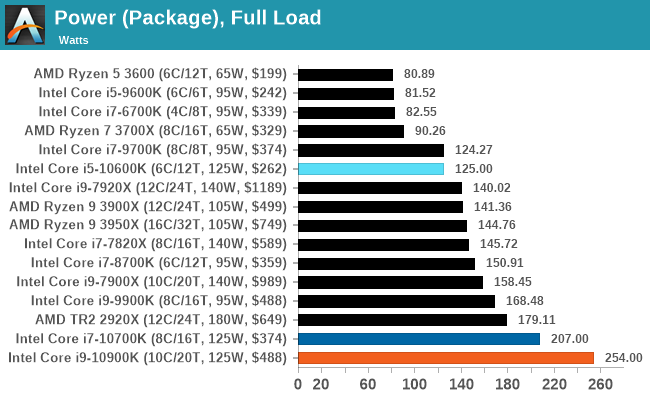In the video the key portion is 5:17 through 6:40.
Again it didn't mention any new hardware for this.
This is why cards from 2018 got support for this DX feature
You say "but that feedback is different". It isn't for the memory/ streaming bandwidth saving.
Let me explain the virtual textures paper and its predecessor in software based virtual textures RAGE.
"feedback is necessary for determining which parts of the texture need to be resident."
This is the main part of the saving. You use this to find what textures need to be loaded. What does SF do differently here?
"feedback needs to be rendered to a separate buffer to store the virtual page coordinates
(x,y), desired mip level, and virtual texture ID (to allow multiple virtual textures)."
The is the same as the section you reference in your sample feedback video. "You say but it needs to be rendered" . Yes as does sampler feedback. That is what the lower res "sampler texture" is in your video. What feedback do you get from "sampler feedback" that is different?
"information is then used to pull in the texture pages needed to render the scene."
this is where you get your textures and are now using only what you need from the feedback
"feedback can be rendered in a separate rendering pass or to an additional render target during
an existing rendering pass. An advantage of rendering the feedback is that the feedback is
properly depth tested, so the virtual texture pipeline is not stressed with requests for texture
pages that are ultimately invisible."
Savings! Now again what feedback is SF getting to make a saving of more than 2x on this? This is the crux of the conversation we are having.
" When a separate rendering pass is used it is fine for the
feedback to be rendered at a significantly lower resolution (say 10x smaller)."
it even mentions the lower res mentioned in the SF video so clearly not that.
In fact it makes it pretty clear at 6:28 in the video under the slide called "worth calling out" that it is not an overhaul to it at all. This feature was a black box to their API because the driver and DirectX did not expose it to the application. That's all.
Nothing on the actual hardware level on new GPUs capable of PRT prevent it. You have virtual memory you have a SW driver stack. What do you need in hardware? What can't older GPUs do on a purely hardware level? Nothing.
The "hardware feature" is a driver update for support on their DX API.
This is why cards from 2018 got it. You said but this is new hardware to AMD. It isn't, in OpenGL you can do everything SF does. The reason old AMD cards may not get this feature in DirectX but a 2018 nvidia card will is because the 2018 nvidia cards met DX12U's Raytracing support requirement. It can support these other features just fine, it may not get them as part of DX12U.





